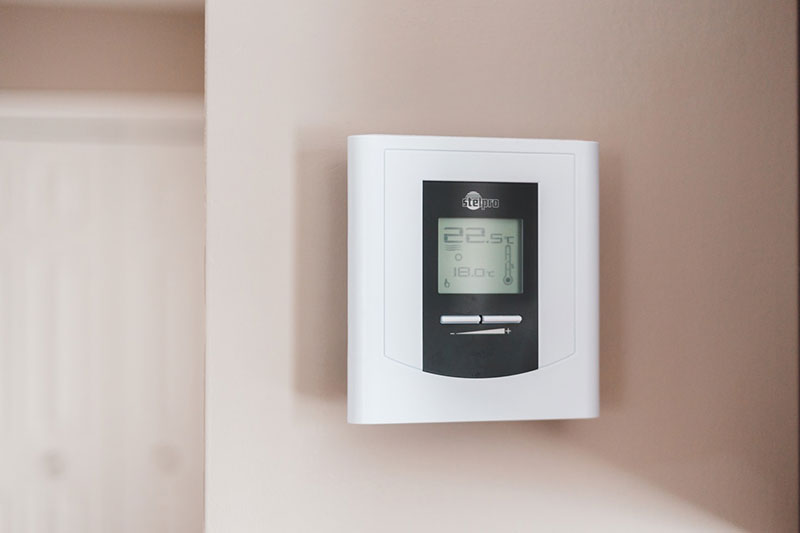Advertisement
The importance of having a comfortable household temperature is often overlooked. As an essential part of every person’s home, it sets up how livable the environment is, and matters more now than ever since staying inside is necessary for many people.
To find the best option, there needs to be serious consideration at the time of installation and which limitations there are. It depends on budget, space, safety, and efficiency to ensure the most effective heat dispersion.
However, HVAC repair services don’t have to be a headache, especially at their cost. If chosen correctly, they can provide decades of reliable warmth for families everywhere.
Home Heating Types
These are the most common types of heaters, with their benefits and shortcomings. The best way to determine their performance is by recording in BTUs, a measurement that identifies the amount of energy needed to raise water by one degree. If there is a problem with the heater, contact a company for HVAC services.
Furnaces
The downside to furnaces is that the initial installation costs can be over $2,000, and they require regular maintenance over their lifespan. The good thing is that they last for up to 20 years or longer and perform exceptionally well.
Gas, Oil, and Propane Furnaces
One of the most common types of heat utilities is the gas-powered furnace, which is controlled and adjusted by a thermostat.
These are built to raise the temperature as fast as possible with a simple button, and they are an excellent fit for older folks that might be unable to commit to stacking wood or bending over to turn one on or off.
They are less expensive to operate than electric models due to the cost of gas being lower and are still highly efficient.
Wood Furnace
Wood-fired furnaces are one of the best options for keeping a household warm. They work through air convection and can rapidly heat an entire home without any support. Though, most people shy away from wood because of the labor involved.
Electric Space Heaters
Heated directly within their own unit, they raise the internal temperature and increase the outside temperature as a result.
For these to generate heat, there needs to be an electricity source or standard outlet. Usually, space heaters vary in their consumption but can range from 500-2,500 watt-hours depending on which modes are chosen. They are available within the $60-$100 range for adequate sizes.
The average cost of electricity in the U.S is approximately $0.11 per kilowatt-hour, so it is pricey to operate compared to other options. However, it will save a lot of money in the long run if solar panels are installed, and it’s also helpful to enable the “eco” mode available on most products.
Unfortunately, there may need to be one or even two units per room based on its size, which is inconvenient and costly upfront for large houses. It’s only possible to save big if one room is being heated.
Conclusion
When searching for a great way to heat the house, think critically:
- Will it cost a lot upfront and save money later? Or will it be more affordable in the short term?
- Is it safe?
- What are the installation and maintenance costs associated with it?
- What size room will this heat? Or will it heat the entire house?
- Is this for states with cold winter months or mild ones?
After asking these questions, it will become easy to understand which to choose. Each has its limitations, but generally, they all get the job done. If possible, contact a local HVAC company to get a rough estimate on what it will cost and go from there.

